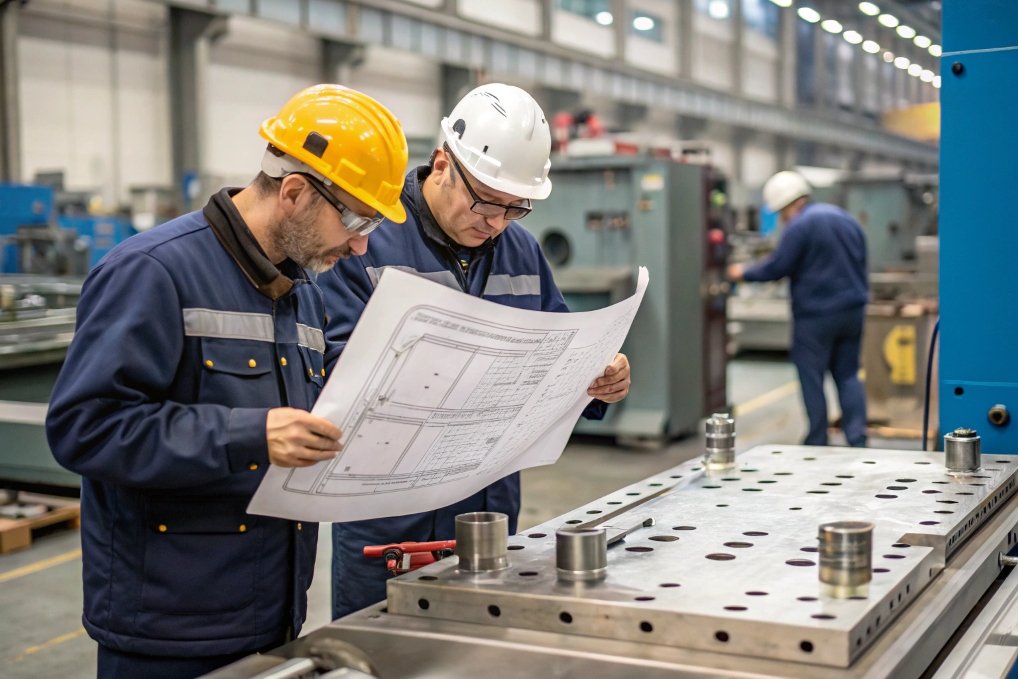
When I first started sourcing custom parts, supply chain delays1 were one of the biggest challenges I faced. Unexpected delays could throw off timelines and lead to unhappy customers. Over time, I learned that proactive planning and clear communication with suppliers are the keys to avoiding most delays. The right strategies can make a huge difference in ensuring smooth production and timely delivery.
Avoiding supply chain delays in custom parts manufacturing requires careful planning, a solid understanding of the process, and strong relationships with suppliers. By identifying potential issues ahead of time and addressing them, you can keep your production on track and meet deadlines.
In this article, we’ll explore the main causes of delays, how to better plan your production schedules, and why open communication with suppliers is essential to keeping things running smoothly.
What Are the Main Causes of Delays in Custom Parts Manufacturing?

Understanding the root causes of delays in custom parts manufacturing2 is the first step to preventing them. From poor planning to supply shortages, there are several factors that can throw off production timelines. By recognizing these common causes, you can take steps to minimize their impact on your projects.
Common Causes of Delays
| Cause | How It Leads to Delays |
|---|---|
| Design Changes | Last-minute design adjustments can require mold modifications and extra testing, adding time. |
| Supplier Issues | If your supplier faces production challenges, it could delay the entire process. |
| Raw Material Shortages | A shortage of essential materials can halt production until the issue is resolved. |
| Customs and Import Delays | International shipping delays, particularly with customs processing, can add significant lead time. |
| Quality Control Problems | Issues found during quality checks can lead to rework or rejected parts, delaying the project. |
Why It’s Critical to Plan Ahead
By understanding these causes, you can address potential issues before they arise. For instance, if you anticipate material shortages, you can order parts well in advance. Or, if there’s a risk of design changes, consider building in extra time for adjustments. Anticipating these challenges can help keep your project on track.
How Can You Minimize Delays by Planning Your Production Schedule in Advance?

Planning ahead is one of the most effective ways to avoid delays in custom parts manufacturing. By setting realistic production timelines, identifying potential bottlenecks, and preparing for unexpected events, you can minimize disruptions to the supply chain.
Tips for Effective Production Scheduling
| Tip | Why It Works |
|---|---|
| Set Realistic Deadlines | Overly tight deadlines can create pressure, leading to mistakes or rushed work. |
| Order Materials Early | By securing raw materials in advance, you avoid production stoppages due to shortages. |
| Build Buffer Time | Adding a buffer period to account for potential delays can give you flexibility when problems arise. |
| Prioritize Key Parts | Focus on the critical components of your project first to ensure timely delivery. |
| Use Project Management Tools | Tools like Gantt charts or scheduling software help you track progress and adjust timelines as needed. |
Creating a Flexible Schedule
When planning your production, it’s important to account for flexibility. Things rarely go exactly as planned, so leave room in your schedule for unexpected events. Having buffer time built in allows you to accommodate delays in raw material delivery, changes in design, or issues in the production process.
Why Should You Maintain Open Lines of Communication with Your Suppliers to Avoid Delays?

Maintaining open and transparent communication with your suppliers is essential to avoid misunderstandings and delays. By keeping lines of communication open, you can quickly identify and address any issues before they escalate.
Benefits of Open Communication
| Benefit | How It Helps Prevent Delays |
|---|---|
| Clear Expectations | When you and your supplier understand each other’s expectations, you reduce the chances of delays. |
| Early Warning System | If there’s a potential delay, being in constant contact means you’ll hear about it early enough to adjust. |
| Quick Problem Resolution | Open communication allows for fast problem-solving if issues arise during production. |
| Better Planning | Suppliers can inform you about any constraints or changes, helping you adjust your schedule proactively. |
How to Foster Effective Communication
- Regular Updates: Schedule weekly or bi-weekly check-ins with your supplier to discuss progress, timelines, and any issues.
- Clear Documentation: Ensure all specifications and timelines are clearly outlined in contracts and emails. This minimizes misunderstandings.
- Feedback Loops: Create a feedback system so both you and your supplier can continuously improve your processes.
Having open communication doesn’t just mean talking about problems—it also means discussing potential improvements, sharing feedback, and being proactive about risks.
Conclusion
To avoid delays in custom parts manufacturing, planning, and communication are key. By understanding the causes of delays, scheduling your production in advance, and maintaining strong lines of communication with your suppliers, you can ensure a smoother and more efficient process. Proactive steps taken early on can help you avoid costly disruptions and keep your projects on track.

